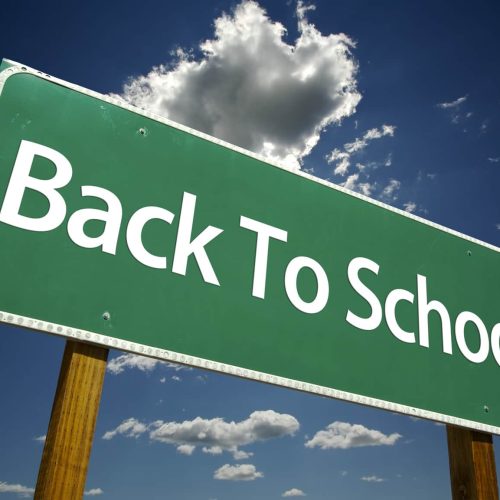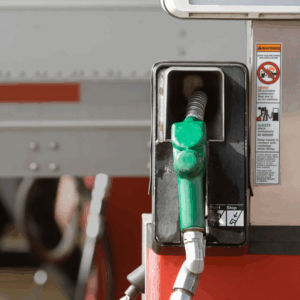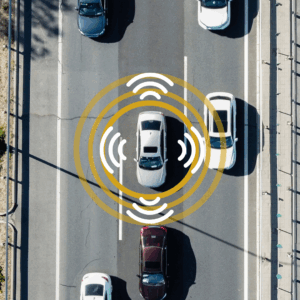We hate to remind you, but the school year is starting again soon and now is the perfect time for back to school car maintenance to make sure everything is working properly.
Are you sending a son or daughter off to college with a car?
Does your child drive to and from high school?
Is your carpool schedule starting up, with your kids in the car, plus a few extras?
Make sure you have Honest Accurate’s Back to School Car Maintenance Checklist for your vehicle completed as part of your school preparation this year, you’ll be glad you did!
This vehicle maintenance list was assembled by Honest Accurate Auto’s ASE Certified auto repair experts and is our reminder to make sure your maintenance and safety items are checked and ready to go. Look over this vehicle preventative maintenance checklist and make sure your (or your child’s) car is ready to go for the school year!
Here’s our 10 point back to school car maintenance checklist for parents and students:
- Check Your Oil Level
- Check Your Headlights
- Check Your Brakes
- Check Your Tires
- Check Your Wiper Blades & Washer Fluid
- Top Off Fluids
- Test Your Batteries
- Check Proof of Insurance, Registration, and Drivers License
- Build a Car Emergency Kit
- Check Jack & Spare Tire
1. Check Your Oil Level
Check your oil level and condition. You have heard it before, but we all need a little reminder to keep up the maintenance on our cars, myself included. My 2004 Honda has over 225,000 miles and tends to burn oil more quickly than it used to – many older cars show the same pattern.
Every week, we see cars come into the shop with little to no oil on the dipstick. This is the most basic maintenance item to check off – if you would like Honest Accurate Auto Service to check your oil, stop in anytime for a complimentary oil check. You can also do it yourself with a pair of gloves and a shop towel using your dipstick in the engine compartment.
If you go too long without an oil change, you may have little to no oil which can cause extreme engine damage, often requiring total engine replacement. All cars need adequate oil to keep moving parts lubricated and to keep engine friction to a minimum, so keep up on your oil changes!
2. Check Your Headlights
It gets dark much earlier and stays dark longer as we get closer to the end of the year. Have a friend help you make sure your headlights, brake lights, and blinkers are turning on. It is important to be sure your lights are operational – brake lights that are burned out are a ticketable offense.
For safety, you need to be able to see and be seen. We always check lights with every maintenance service, including our oil change services.
3. Check Your Brakes
Brakes take a lot of wear and tear so pay attention to how your brakes are functioning.
Do they stop your car quickly and immediately?
Are you hearing any grinding during braking?
Brake pads or shoes (and the rotors or drums that they press against) are a “wear” item and are intended to be replaced when they become thin. Extremely hard brake pads may last a long time, but they can be squeaky and noisy and could wear drums and warp rotors prematurely. Brake pads should be replaced, and rotors machined, periodically to keep them wearing evenly and braking smoothly. Make sure you have them checked by an expert auto repair technician that is ASE Certified.
4. Check Your Tires
Tires are your vehicle’s only contact with the road. Good tires will provide the traction you need to corner and stop in snowy or slick road conditions. It is important to have enough tread left on appropriate tires for the road conditions where you or your student will be driving.
Check the tread with a penny – can you see Lincoln’s head when you put the penny in the tread (head down)?
If you can see all of his head, your tread is less than 2/32” and the tire should be replaced. If the tread looks unevenly worn across the width of the tire then you may need a tire rotation.
Now Check for correct tire pressure using the tire pressure gauge from the Car Emergency Kit you’ll build in the list below item.
Again, if you would like us to do a complimentary tread and tire pressure check, just stop by anytime!
5. Check Your Wiper Blades & Washer Fluid
Check your windshield wiper fluid and wiper blades to be prepared for any weather. Visibility is vital to driving safety – be sure you are able to clean your windshield quickly if you are hit by a big bug or run into dust or snow.
6. Top Off Fluids
Vehicles use multiple fluids and it is critical to check the fluid levels and condition periodically. Coolant and transmission fluid keeps your engine and transmission cool and lubricated. Levels should be checked on a schedule to make sure there is adequate fluid with no leaks in the system.
Coolant should be changed every 50-100,000 miles (or every 4-5 years for average use).
Transmission fluid should be flushed and filled every 40-60,000 miles (please check your Owner’s Manual for recommendations specific to your vehicle).
Brake and power steering fluids should also be monitored and topped off or changed as needed.
These are important and sometimes intimidating tasks to handle so ask an automotive repair expert to help you check levels, top off or change fluids based on your comfort level and vehicle needs. Our Honest Accurate ASE Certified Technicians are happy to help.
7. Test Your Batteries
Test and clean the battery. Is the battery adequate to start your vehicle consistently, and run all of the electrical systems on your car?
Batteries may need to be replaced every 3-5 years and offer little to no warning that they are failing. Check the date of the battery (located on top). Corrosion should periodically be cleaned off battery posts and cables to maintain amperage level and a good electrical ground.
8. Check Proof of Insurance, Registration & Driver’s License
Have proof of insurance, registration, and a copy of you or your student’s driver’s license in the visor so it is ready in case of a pullover. Make sure your student has the current auto insurance card inside the vehicle or in their wallet or purse as well. You may want to add Roadside Assistance to the policy if they will be going to college out of town. It can usually be added to any policy for $5.00 or less a month.
9. Build a Car Emergency Kit
Build an emergency kit for the car. Get one inside the vehicle if you don’t already have one. Find one with a set of jumper cables included, in case your battery fails. The kit should include instructions printed on the bag for the cables.
Other helpful items include bottles of water, a few snacks, blanket, flashlight, cell phone charger, shovel, and (of course!) duct tape!
Or if you have a kit already, be sure that it is updated with a first-aid kit. Be sure it is well stocked and with items needed for the part of the country you or your student will be taking the vehicle.
10. Check Jack & Spare Tire
Jack and spare tire. Be sure they are in the vehicle and the spare is in good shape. You don’t want to need either, but it is worse when you find them missing if you have a flat tire.

Honest Accurate Auto Shops in Colorado Springs offer Back to School Vehicle Maintenance
If you have any questions about this back-to-school vehicle checklist, please be sure to give us a call. We are happy to help you and your vehicle prepare for back-to-school.
Being proactive with your car maintenance keeps you and your car happy and off the side of the road. Keeping up with car maintenance gets you and your family to school safely and on time!



